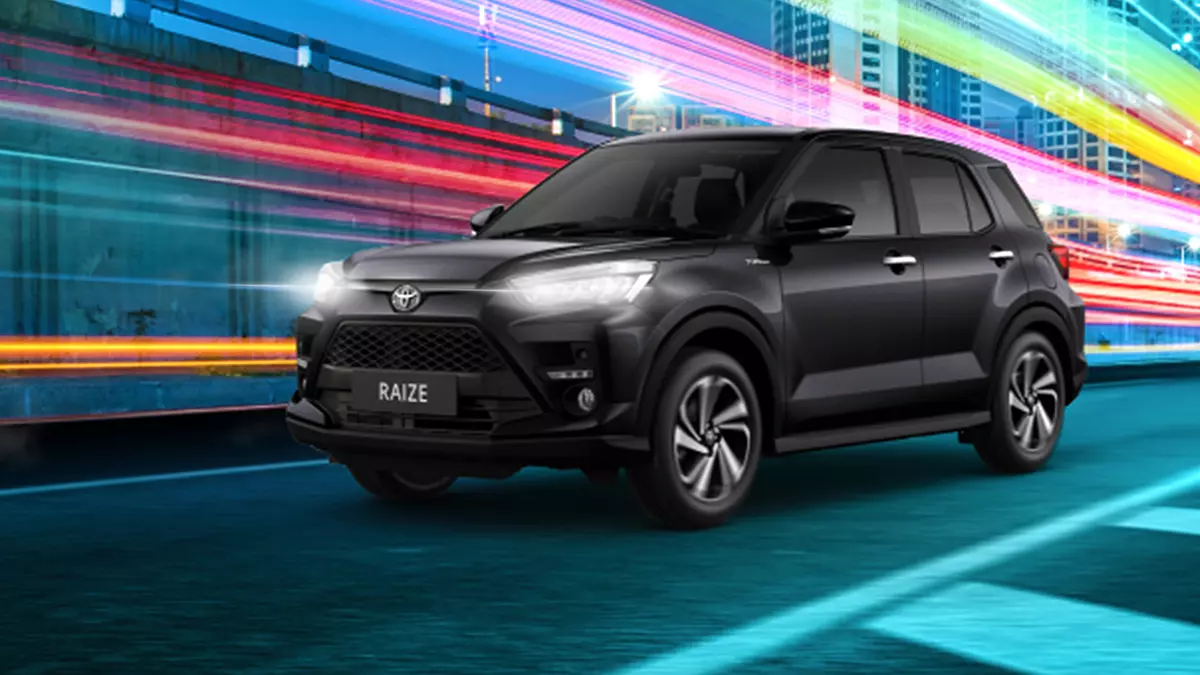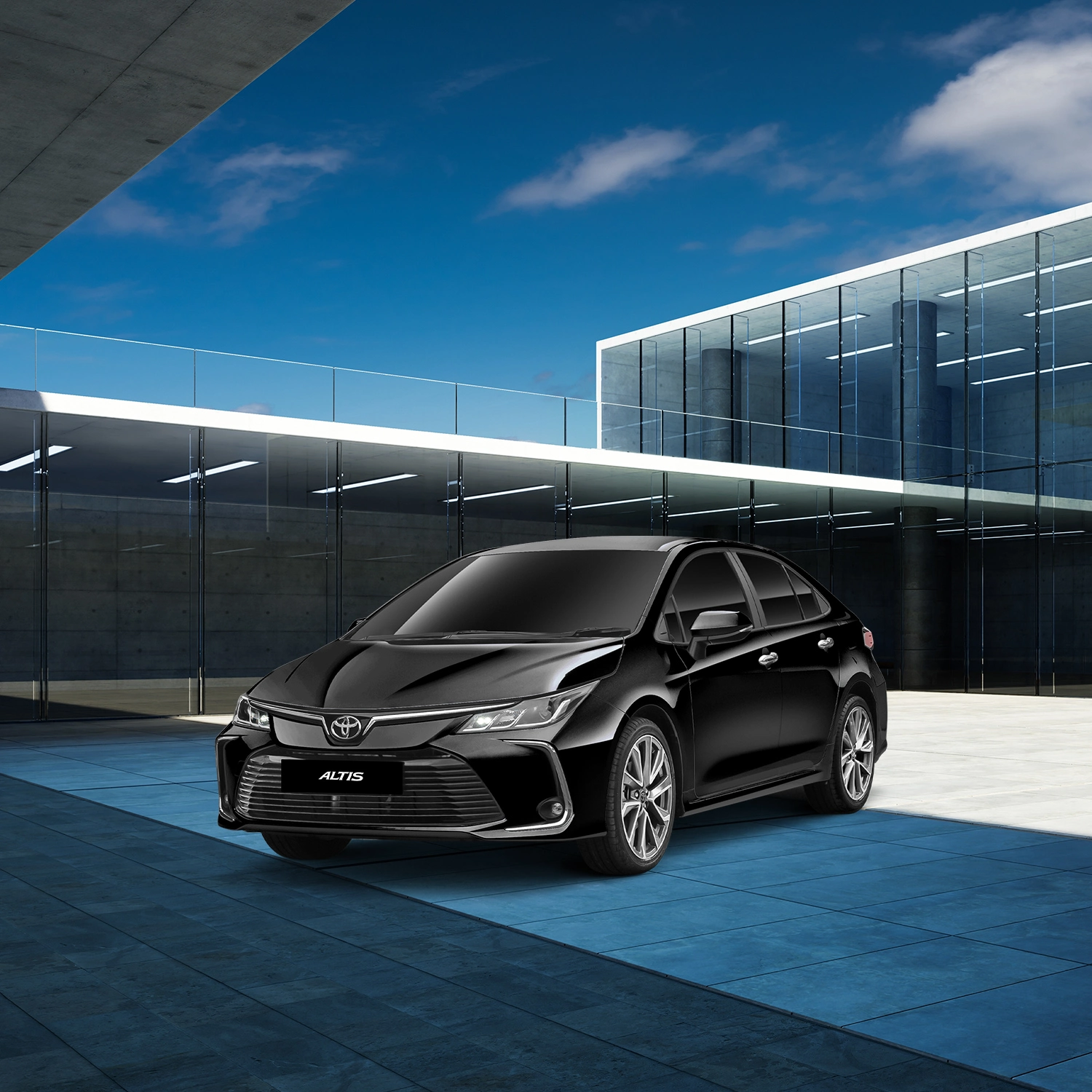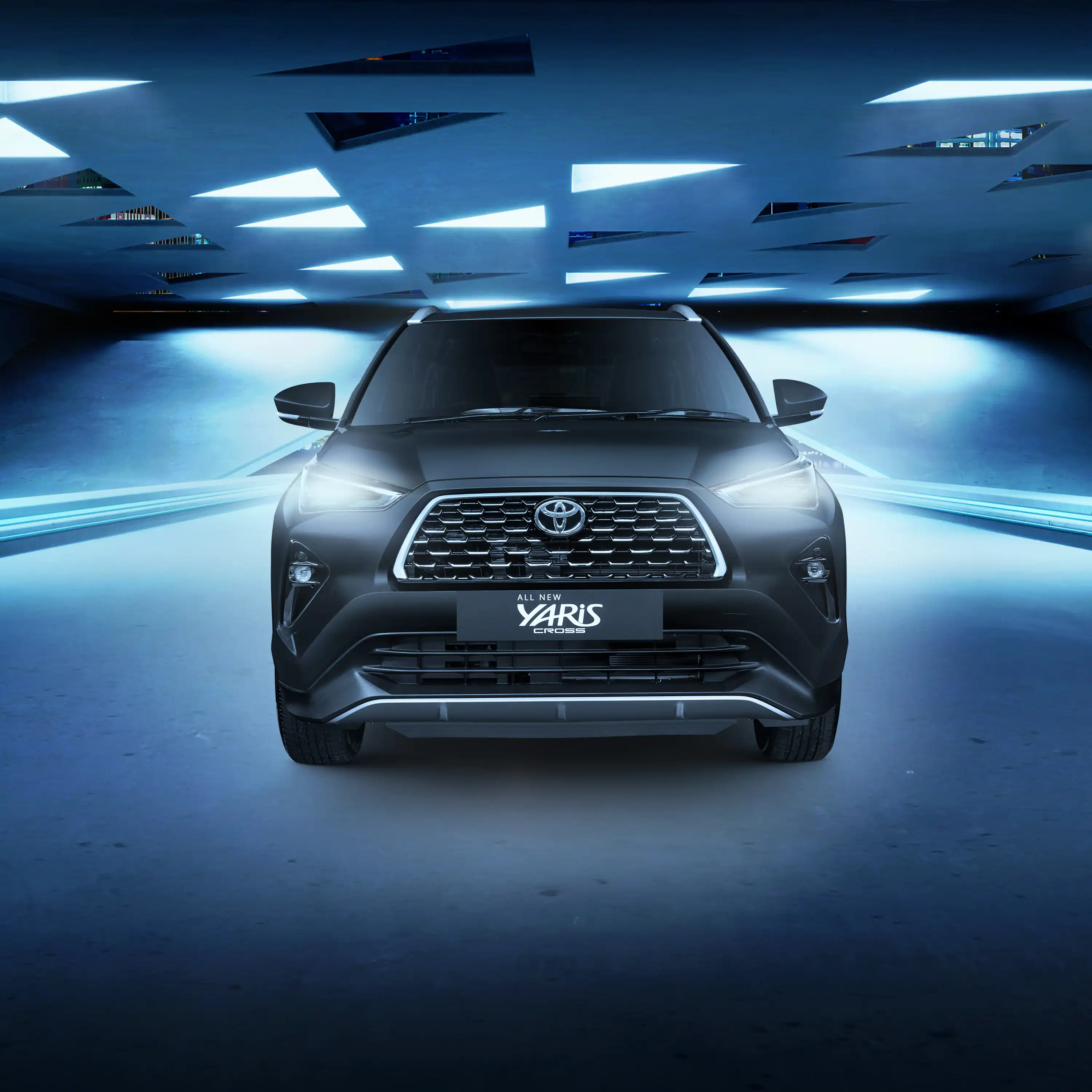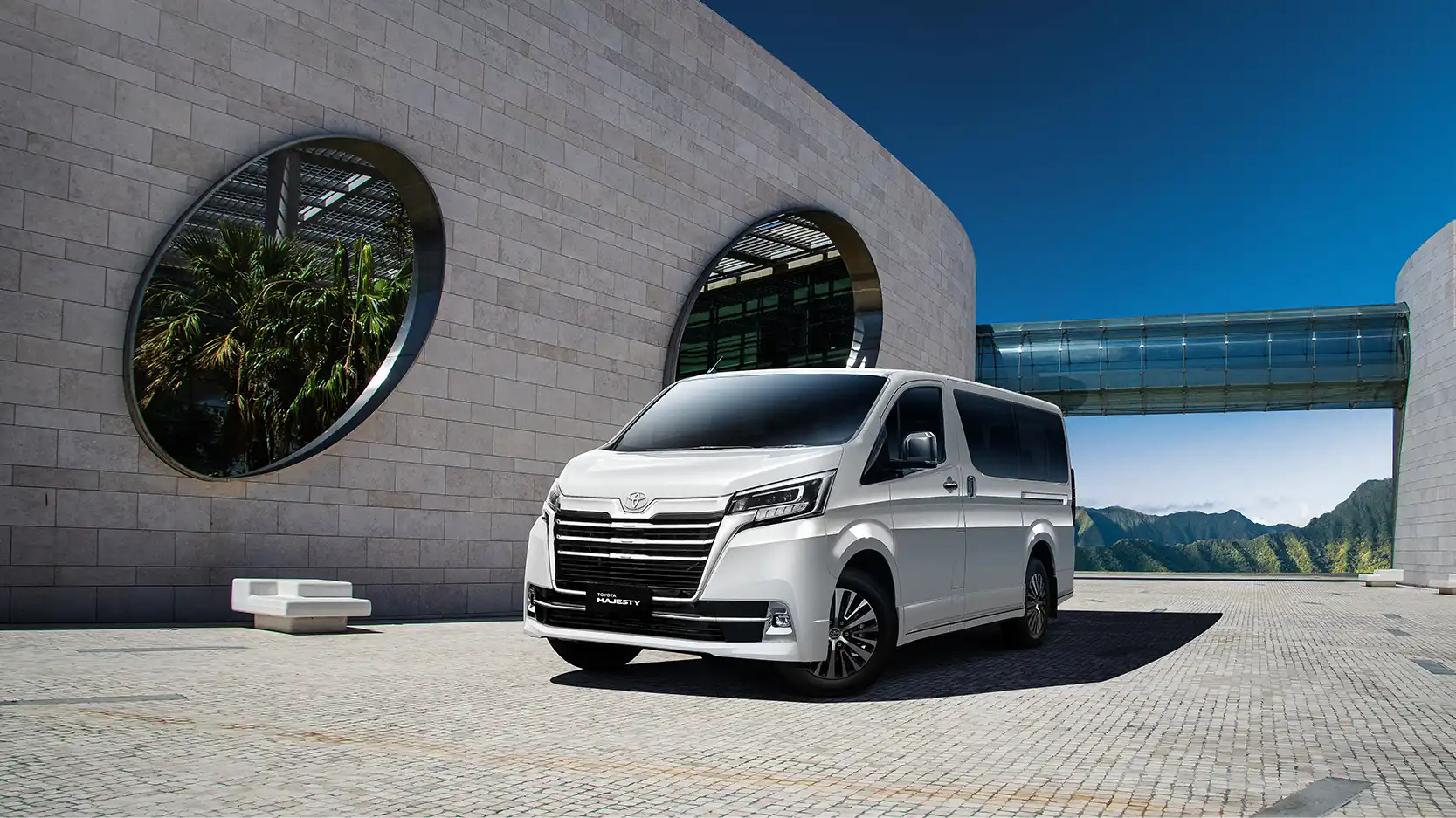Easy Guide to Buying an SUV (Sports Utility Vehicle)
Sport utility vehicles, or SUVs, are extremely popular among car buyers looking for practical and useful cars. Read up on some key considerations when choosing an SUV as your car.
Easy Guide to Buying an SUV (Sports Utility Vehicle)
Sport utility vehicles, or SUVs, are extremely popular among car buyers looking for practical and useful cars these days. While there are a plethora of car types out there, many people like SUVs for their rugged looks and design, as well as their raised ride height which offers greater all-round visibility. SUVs are also versatile and practical cars, with lots of interior space, which makes them ideal for families, as well as individuals leading an active lifestyle.
Many buyers of SUVs tend to take part in activities such as off-roading, or have hobbies such as mountain-biking or surfing. As such, SUVs fit into those lifestyles as they can cater for off-road driving, and they may also come with practical features such as roof racks to mount bicycles and surfboards, as well as bigger boot space to store plenty of things like clothes and equipment when they participate in such activities.
If you’re looking to buy an SUV, here are the things to consider before you make your decision.

1. Car Size & Dimensions
SUVs come in many different sizes, ranging from small and compact SUVs, to midsize SUVs, all the way to large and ultra luxury SUVs. Most SUVs feature a standard two-box shape design, with either two or four passenger doors, and a rear opening hatch to access the boot area.
Given their large varying choices in terms of size and types of SUVs, it is therefore important to consider your needs and budget before deciding which SUV to go for. A larger SUV naturally will have more room for passengers and things, but may also be tricker to drive and park, especially in the city where space is limited. A small SUV may be easier to drive, but it may not be as practical in terms of interior room and accommodating large items that you may want to carry around.
If you mostly drive around in the city, and don’t have the need to accommodate lots of people regularly, then a small or compact SUV is ideal. However, if you do have to drive your family around often, then you might want to consider a medium or large-sized SUV instead.
2. Car Seating & Car Boot Space
Most SUVs are designed to be practical vehicles, and they generally have enough room to accommodate at least five passengers (including the driver), while offering a decent amount of boot space.
However, as SUVs come in many different sizes, the amount of interior room and boot space can vary greatly between car models. There are small SUVs that are similar in size to a small hatchback, and thus may be a tight squeeze for five adults and their luggage. On the other end of the scale, there are also extremely large luxury SUVs that may have as much interior room as a limousine, with plenty of space to stretch out. And there are of course plenty of SUVs that fall in between those two extremes.
In general however, an SUV’s boot space can be larger than an equivalent-sized sedan. Unlike a sedan, where the boot is a separate enclosed space, an SUV’s boot is part of the interior cabin space. If an SUV doesn’t have a sloping roofline, then there is the ability to load and stack items in an SUV’s boot to a much higher level above the window line. This allows one to accommodate taller or larger items like maybe a small chair or tabletop, which may not normally fit in a sedan’s boot.
3. Drivability
As SUVs are generally taller, it means that you sit higher off the ground as compared to regular cars. For some people this may mean greater visibility and easier drivability.
However, as again, SUVs come in many shapes and sizes, and so it is important to take a test drive to see whether it is suitable for you, as some may also find some SUVs too large to handle.
Depending on the kind of driving you do, you may also want to think about whether your SUV comes with front-wheel-drive (FWD) or all-wheel-drive (AWD). If your driving mostly takes place in city or urban streets, then FWD is more than enough for your needs. However, if you sometimes head out into the countryside or go off-roading, then you might want to consider an SUV with AWD.
More rugged SUVs are sometimes called 4x4s, and come with AWD as standard. These are SUVs that are designed to go off-road, and typically come with bigger wheels, higher ground clearance, and engineering hardware such as locking differentials to help them cope with rough terrain.
Take note of the SUV’s height and ground clearance (how high the SUV’s floor is above the ground) as well. An SUV with a higher ground clearance is able to handle rougher road conditions better, but an SUV that is too tall might be an issue if you have to enter carparks with lower height restrictions.
An SUV need not necessarily be harder to park than a regular car, depending on the size of the vehicle. One thing to note about SUVs, especially when parallel parking, is that it may be harder to see out of the back because of the taller height. But many SUVs these days have reverse cameras to help with visibility, while some even have automatic parking assistance systems to help with parallel parking if needed.
5. Front, Rear or All Wheel Drive
Front-wheel-drive is the de facto standard for almost all modern mainstream cars because it’s generally safer to drive on the limit, and offers up more interior space. Rear-wheel-drive cars are usually the domain of sports cars and traditional luxury sedans - they are more dynamic to drive, and with modern traction control are very controlled as well. All-wheel-drive cars deliver the ultimate in grip, but are more expensive on the account of the extra drivetrain hardware.
4. Fuel Efficiency
SUVs are generally larger and heavier as compared to other vehicles, so they may not be as fuel efficient as an equivalent sedan or hatchback. The design of an SUV is generally less aerodynamic as compared to a lower and sleeker car type like a sedan, and while figures may vary between models, in general, given a similar size and engine, an SUV can be 15 to 30 percent less fuel efficient than an equivalent sedan.
However, fuel efficiency is also dependent on many other factors, including engine size, power output, and weight of the car. Again, SUVs come with a wide variety of engine sizes, from tiny sub-1.0-litre units to massive 5.0-litre V8s and all sorts in between. And like with all cars, the bigger the engine, the less efficient it will be, but that effect is more produced in SUVs as they tend to be heavier than an equivalent-sized car.
These days though, there are also hybrid and electric-powered SUVs that can deliver outstanding efficiency that go beyond that of conventional internal combustion engine (ICE) cars, so they are worth considering if efficiency and eco-friendless is a priority for you.
Hybrid and electric-powered cars also offer regenerative braking to recover energy, and are more eco-friendly given that they use electricity produced from the grid, as opposed to ICE cars that run on fossil fuels.
5. Lifestyle Features
If you’re using your SUV as a family vehicle, you might want to take note of the practical features that are available to make your life easier.
Looking for an SUV as a family car? See if there is enough storage space throughout the cabin to accommodate small items, like devices or toys for your kids. Some family-oriented SUVs may also come with small fold-out tables for the rear seats, or multiple USB ports to charge your devices. Larger and more expensive SUVs may also come with luxury items like entertainment systems for the rear passengers that can play DVDs or stream videos.
If you’re looking to use your SUV as a lifestyle vehicle, you might want to take note of features such as roof racks which makes it easier to carry items such as bicycles or surf boards, as well as door steps which allow for easier access into the cabin which is higher off the ground.
7. Towing Capabilities
Some larger SUVs offer the ability to tow trailers, due to their size and power. However, do take note that not all SUVs can tow, and SUVs that are to be used for towing need to be specially set-up to do so. They need to have the ability to have a towing hitch installed at the rear of the car, as well as have enough power and torque to pull a trailer that can be heavier than the car itself.
To find out how much and how heavy a trailer than an SUV can tow, you will need to know the car’s gross vehicle weight rating (GVWR), gross axle weight ratings (GAWR), gross combined weight rating (GCWR) and towing capacity. These can be found on the manufacturer’s website, or in the owner’s manual. If such figures are not provided for the model, then it is likely that the vehicle is not recommended to be used for towing.
The GVWR is the maximum amount a vehicle can safely weigh when fully loaded, while the GAWR is the maximum weight that can be safely placed on a single axle of a vehicle. The GCWR meanwhile is the maximum allowable weight for the tow vehicle, the passengers and cargo in the tow vehicle, and the trailer and cargo in the trailer, while the towing capacity is the maximum weight that the vehicle is able to pull and tow.
SUVs that are designed to tow should also come with a trailer brake controller, which sends communication between the towing vehicle and the trailer, and adjusts the braking force accordingly to allow the vehicle to come to a safe stop while towing.
YOU MAY WANT TO READ :








